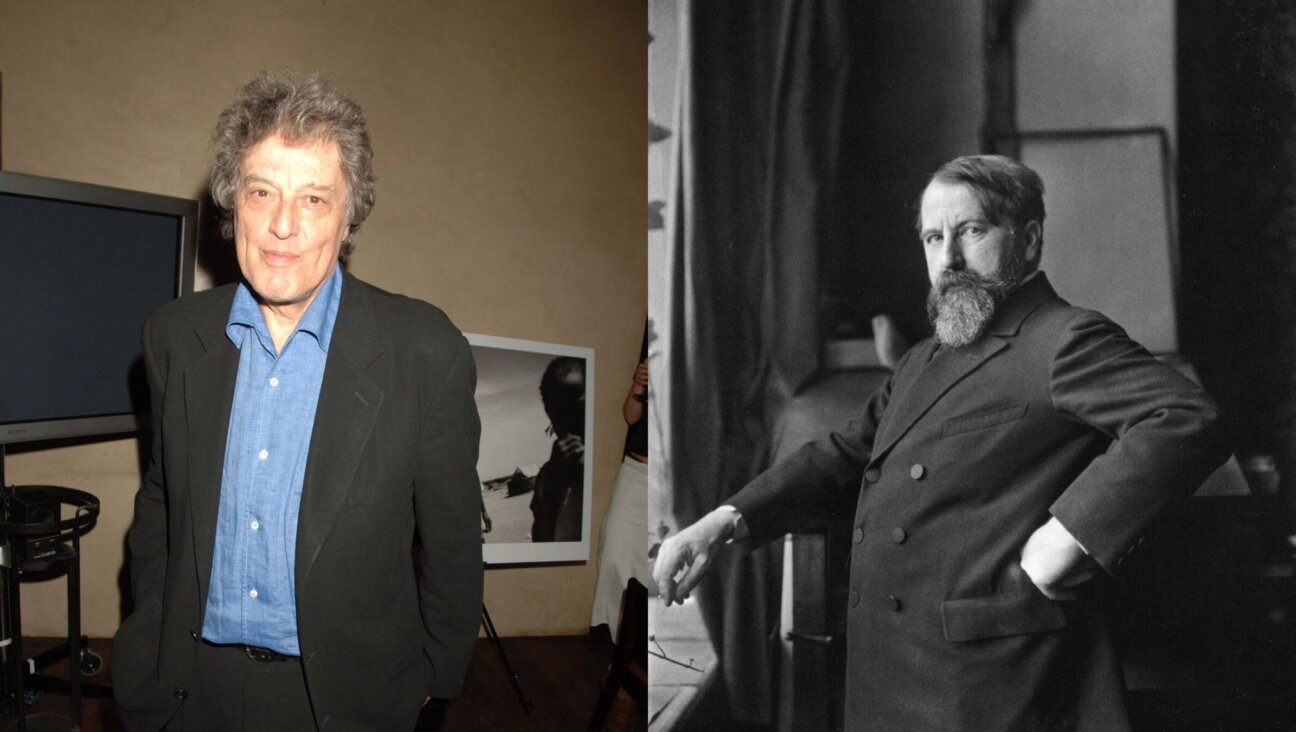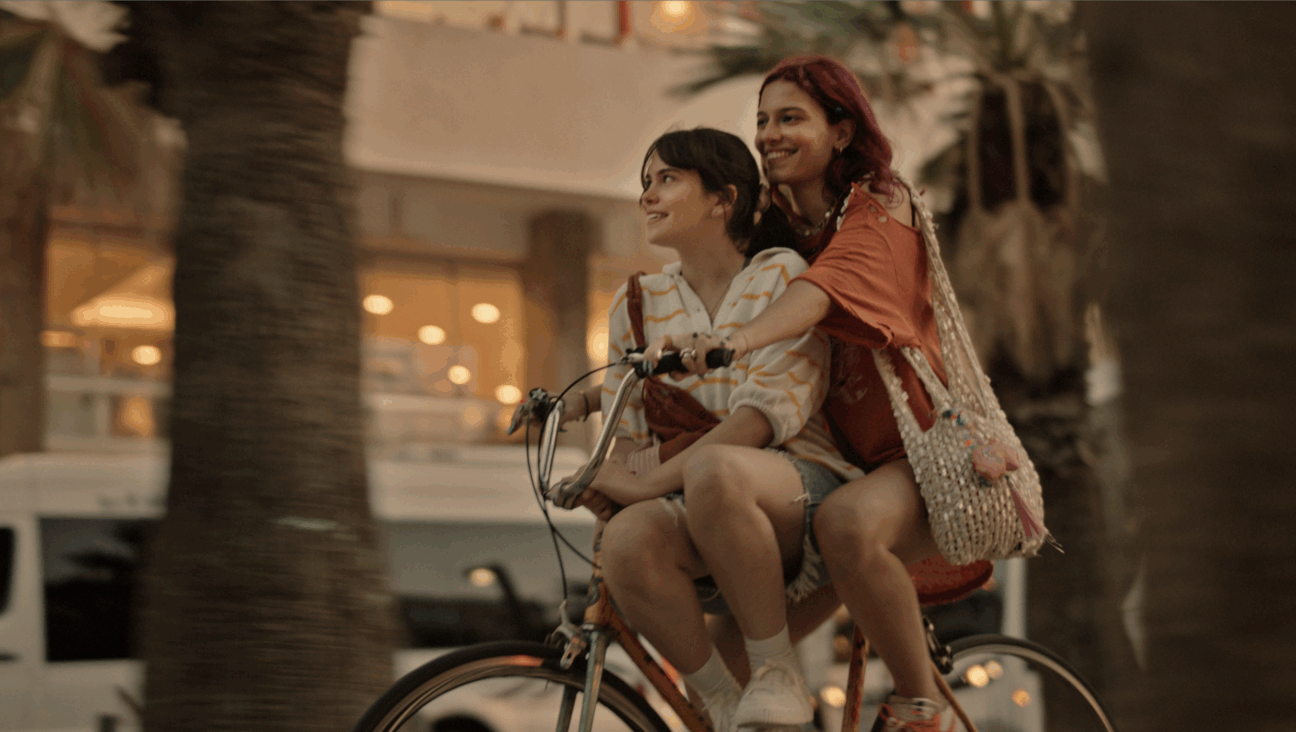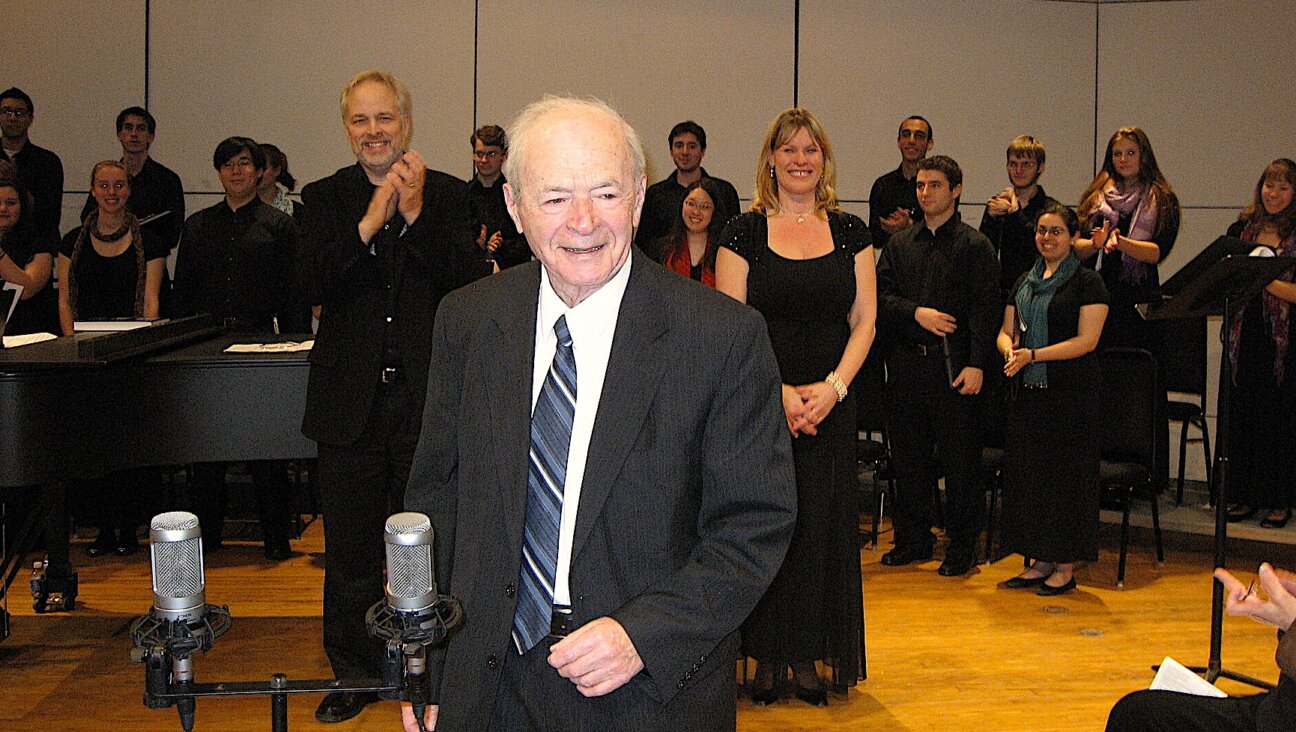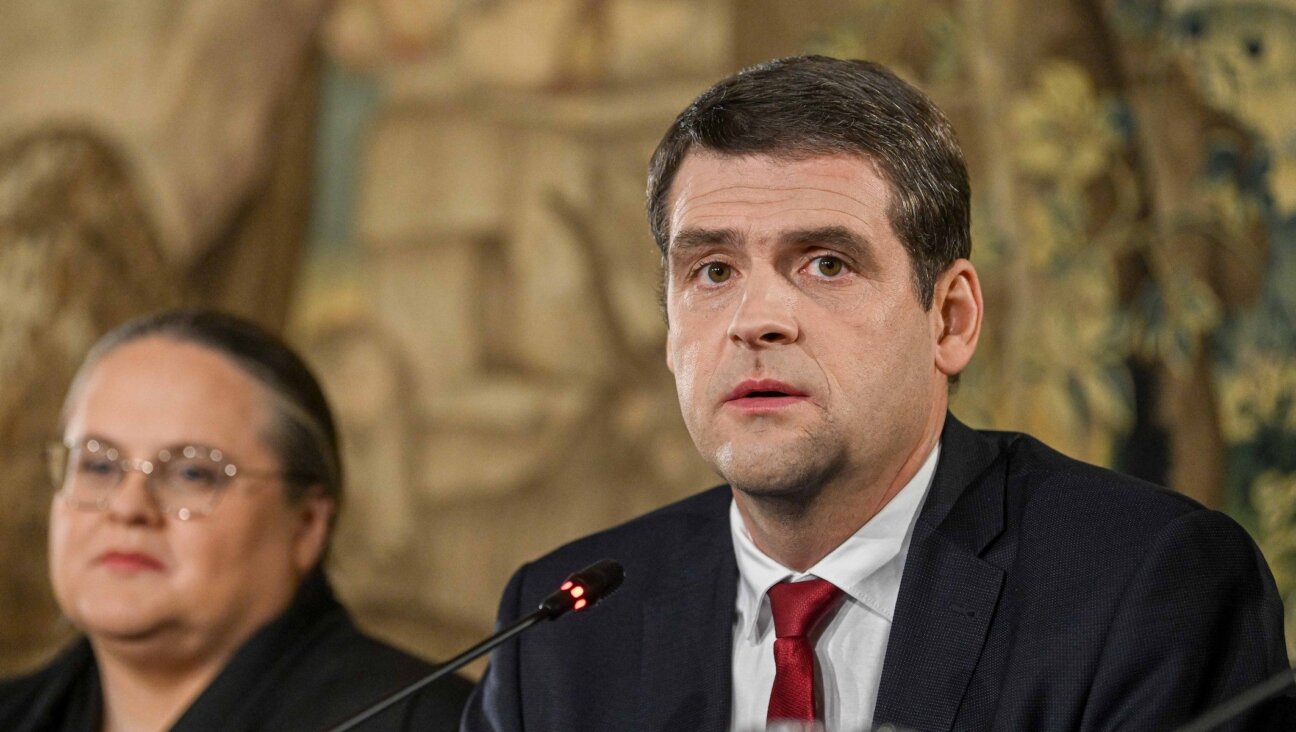In a Catholic Town, a Tribute and Reunion For Poland’s Jews

Image by Samuel Norich
I came to Poland for the opening of a new Jewish museum in Czestochowa, and found myself participating in a four-day “reunion,” as it was called, though most of the 125 participants seemed to be meeting for the first time. They were, almost all of them, Jews from Israel, the U.S., and other countries whose parents had lived in the city before “the war,” and had been among the few who survived the destruction of European Jewry.
Their parents had left Czestochowa and Poland in the late 1940’s, in the ’50’s, or even in the ’60’s. Now that their parents were gone, these descendants had come back to Czestochowa to witness the opening of the Jewish museum, to walk the streets and buildings their parents had once called home, to connect the stories they had heard from their parents with the places in which they had occurred. They came to do the emotional work of commemorating the lives their parents had led before the war, the decimation of their families during the Nazi occupation, and the sometimes heroic, sometimes accidental miracles of survival that allowed them to start new families in the years after their liberation.
This was the fifth reunion of Czestochowa Jews and their descendants in a series stretching back to 2004. The first reunion still attracted a considerable number of the Saving Remnant, the Sheris Ha’pleyta, as the survivors called themselves. Their postwar task had been nothing less than to save their families after they’d been murdered. Our task was an easier one, to remember their lives, to retell their stories. Doing that in this place was hard enough for some.
Czestochowa may be the most Catholic place in Poland. An industrial city of 230,000 in the south central part of the country, it has been a Catholic pilgrimage destination for centuries. Millions of pilgrims from all corners of the world come each year to pray to the Black Madonna in the Jasna Gora Monastery. But in 1939, Jews were a quarter of its 135,000 inhabitants. The main purpose of this year’s reunion was to open a permanent exhibition about the Jews of Czestochowa in the town’s municipal museum, so that today’s citizens of Czestochowa, young and old, as well as the growing number of Jewish tourists, are reminded of the Jewish life that once flourished there.
That exhibition turned out to be an enlarged version of an exhibition on the same theme that had been shown at the first reunion in 2004, and had then toured 7 American cities in the intervening 12 years. It was the creation of that exhibition that had first introduced me to Sigmund Rolat and Alan Silberstein, first cousins who were the exhibition’s initiators, as they were the impetus behind the establishment of the new museum. Rolat, a businessman and philanthropist, who had lived his childhood years in Czestochowa, was 15 years old at war’s end, managed to come to the US and get a university education while still in his teens, and then had extensive business ties in post-Communist Poland. He was one of the major donors to the POLIN Museum on the History of Polish Jews established in Warsaw three years ago. Silberstein, born in Munich in the late 1940’s, as I was, had been raised and educated in the US, had become a friend and colleague over the years, and is now a member of the Forward’s board of directors. It was to support their efforts that I went to Czestochowa for the first time.
The exhibition is now installed in a series of rooms on the ground floor of an impressively renovated and elegant old apartment building at Katedralna 8, near the center of town. It spans three centuries of Jewish contributions to the economic and cultural life of Czestochowa, but devotes most of its attention to the 20th century part of that story, particularly to the restoration of Polish sovereignty after World War I, the interwar years, and the period of the Nazi occupation after September, 1939.
One set of wall panels, for instance, tell of the violin prodigy Bronislaw Huberman, born there in 1882, who went on to found the Palestine Symphony Orchestra in the 1930’s (later called the Israel Philharmonic) and rescued 1000 people by bringing musicians and their families out of countries that would be overrun by the Nazis a few years later. Other panels show the desperate resourcefulness of Jews caught in the ghetto set up by the Nazis, their finding ways to hide and save family members and friends, to smuggle weapons and fight back against impossible odds.
The exhibition is the product of a joint effort by survivors and their families, on the one hand, and Polish historians and designers led by Prof. Jerzy Mizgalski, on the other.
What seemed most surprising over the course of the four days were the many ways the city of Czestochowa has found in recent years to mark and honor the memory of the one-time Jewish presence in the city. It goes beyond the striking memorial at the Umschlagplatz, where 40,000 Jews were put on trains to Treblinka between September 22 and October 8, 1942, a memorial dedicated at the 2009 reunion that had been designed by the late Samuel Willenberg, the Israeli sculptor, born in the city, who died this summer. The recently renovated concert hall, built on the site of the magnificent New Synagogue that the Nazis had razed in 1939, has been named after Bronislaw Huberman. An art school located a few blocks from the Jasna Gora monastery has made a point of teaching its students about Jewish culture and religious ritual, and for the last seven years its students have produced remarkable sculptures, paintings and ritual objects inspired by what they’ve learned. Polish high school students have volunteered with Israeli students who’ve spent weeks each summer cleaning and identifying graves in the largely overgrown Jewish cemetery outside the city.
Other local high schools have had their students interview Poles who hid and saved Jews during the occupation, and one evening of the latest reunion was devoted to presentations to an audience of several hundred by teams from four high schools about specific Polish families from Czestochowa and its vicinity who had been recognized by Yad Vashem as Righteous Among the Nations.
Once the student presentations concluded, Ada Freiman Ophir, a survivor who was attending the reunion with four generations of her Israeli family, speaking in her fluent, native Polish, told of her father’s hiding 27 Jews for several weeks in a bunker at 24 Stary Rynek, a house in the old town market square. This was in late September, early October, 1942: had her father not found a way to hide those 27 people, they would undoubtedly have been among the 40,000 Jews sent to their deaths in Treblinka. Her father and mother were murdered a few months later, but 23 of the 27 survived the war. Mrs. Ophir concluded, “Had my father not been a Jew, he would also have been recognized later as one of the Righteous Among the Nations.”
Krzysztof Matyjaszczyk, Czestochowa’s 42-year old mayor, who previously served in the Sejm, the national parliament, as a Social Democrat and is clearly being groomed for national office, participated in almost each event of the four-day reunion. Speaking in an interview in his office one morning, he pointed to times when many ethnic groups – not only Poles, Jewish and Catholic, but also Germans and Russians – filled the streets and factories of Czestochowa as the city’s golden age. That diversity doesn’t exist today, but the mayor maintains that there is “something for everyone” in the full calendar of events being offered to visitors to the city, some 140 events in the course of the four months each year that the city becomes a tourist and pilgrimage destination.
Asked about Poland opening its gates to some of the refugees from Muslim countries that are streaming into Europe to find refuge from war, drought and economic disaster, Mayor Matyjaszczyk answered that Poland and Czestochowa should be open to anyone who wanted to make their lives there. But he wants to focus on people who share Poland’s history and Slavic traditions. He is particularly eager to bring back the millions of Poles who’ve moved to Germany, the United Kingdom and the US, and to integrate the million Ukrainians who’ve come to Poland in recent years.
“Muslim refugees don’t see Poland as their destination. For them, Poland is a transit point. They see it as a way to get to Germany, England or maybe France, where they already have relatives and friends, other people with similar cultural backgrounds,” he said.
Finally I asked him why he devotes so much time and attention to the memorialization of the one-time Jewish presence in his city. “Because Sigmund Rolat is my friend, and he’s a good man. And thanks to him, I’ve been able to meet other good people who’ve become my friends as well.”
Samuel Norich is the Chief Executive Officer of the Forward.

















